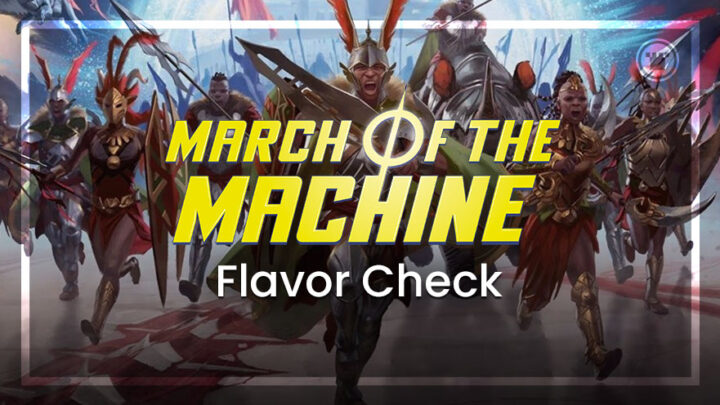As Magic players, most of us primarily care about how the game actually plays. However, so much more goes into a set than the cards themselves — from worldbuilding to characters and the places they intersect. Often, these qualities outside of gameplay are called flavor, and they help sets taste different, even if they are similar in some ways to what has come before. So, today, let’s think of March of the Machine as a restaurant and put its unique flavor to the test.
The Atmosphere
To start, it’s probably unfair to even compare March of the Machine to a single eatery considering it takes place across the entire multiverse. No, this time Wizards of the Coast has invited players to a food festival and told us to go nuts.
As such, there’s a lot to chew on here — perhaps more than we’ve ever had before. And in some ways, our limited time with so many options may leave us feeling both overstuffed trying to taste everything we can and unsatisfied by an inability to savor things more slowly.

Regardless, each glimpse at almost every plane across Magic’s long history does have a sort of thematic similarity, as if everyone was celebrating the same holiday with their own twist. It’s just that the Phyrexian invasion is probably as close to “the opposite of a holiday” as anything you can imagine.
Still, the trappings of New Phyrexia are all here. There’s lots of corrupted creatures, compleated with peeled flesh and extra eye stalks. All kinds of characters, from beloved to forgotten, have been turned to a new purpose that they are all too eager to fulfill. Yet at the same time, those who remain untouched are working together in ways never before seen within the confines of this game we all love.

It’s mostly nice to just see everyone here, regardless of which side of the battle they ended up on. Sure, long term fans of compleated characters may lose out on future appearances, but you can’t claim this isn’t the most metal way to go down swinging! And to abstract this restaurant-simile one step further, seeing daily preview cards feels a lot like the early days of Super Smash Bros. Ultimate, when character reveals dropped constantly. Just like that game, everyone is here for March of the Machine.
It would be easy for such a crowd to get to loud, though, and drown out any sense of cohesion. However, the steady hum of mechanized un-life serves to anchor this set in a way that would otherwise render it totally (and tonally) all over the place.

The stories all keep this idea well in mind, from the stressful tale of finally thwarting Elesh Norn to the more personal looks at various planes across the multiverse. Getting to see how characters like Gisa and Geralf would approach an invasion when compared to someone like Huatli is a treat — and a big shoutout for Rankle for the most unhinged strategy imaginable.
Reading every entry provided its own delight. Seeing Lukka finally bite the dust was wonderful. The duality of Vraska’s thoughts was tragic. The return of Zhalfir, decades after its removal from Dominaria, was sublime. There’s a lot to swallow here, but if you can get it all down, you’ll be glad for it.
The main downside of seeing all of these awesome location is we don’t get the same depth we’re used to. In fact, some of the lesser known planes represented in March of the Machine leave me deeply bummed we don’t get to go there. And from a story standpoint, due to the space constraints inherent in a set like March of the Machine, a few “character conclusions” happen a bit abruptly given their weight within the narrative.
Yet that only knocks the score here down a little, to four and a half planes out of five.
The Staff
Every “establishment” within the food festival that is March of the Machine seems at war with itself, and that’s actually perfect in this context. We have seen so many familiar faces that preview season became a guessing game of “which side will they be on” rather than simply asking about whether someone will show up.
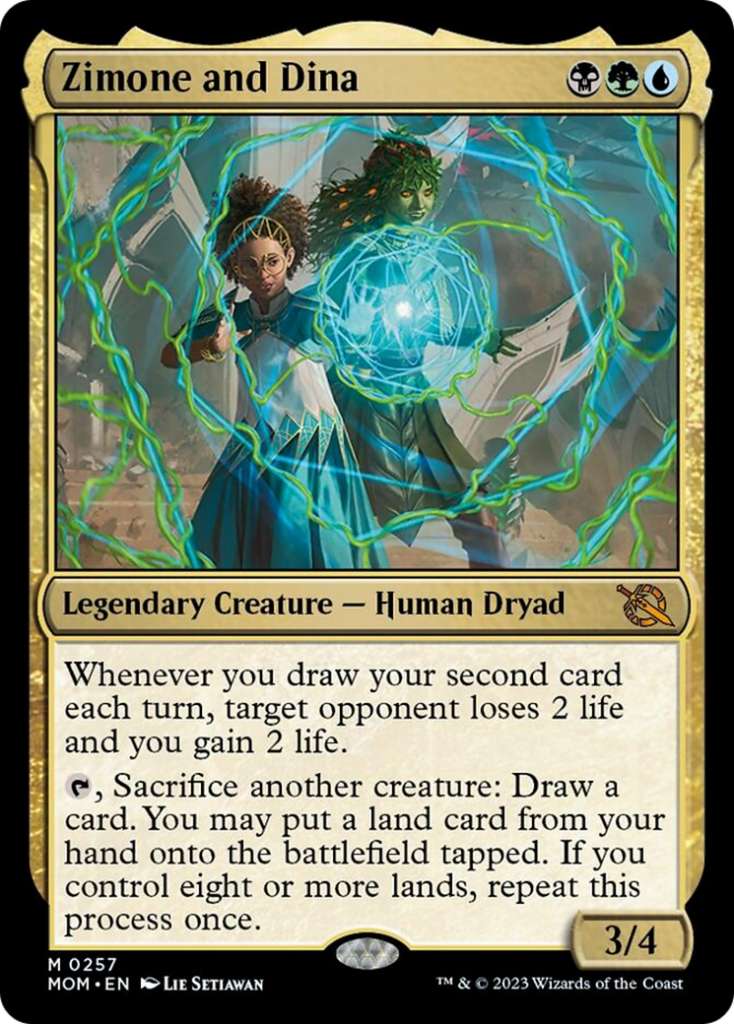
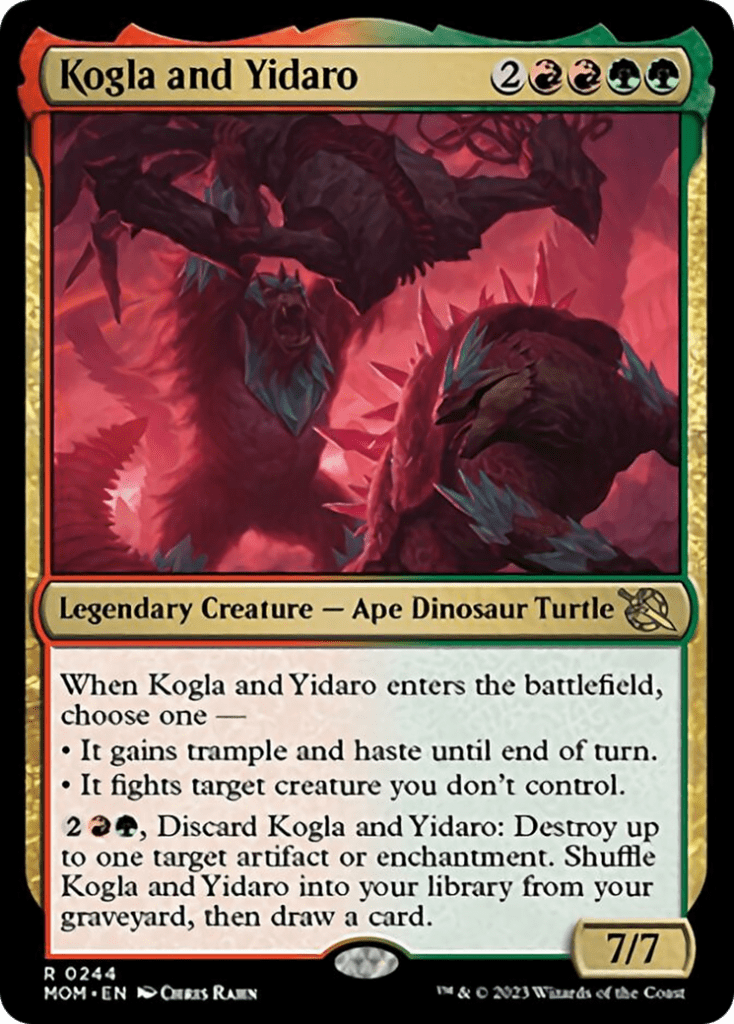
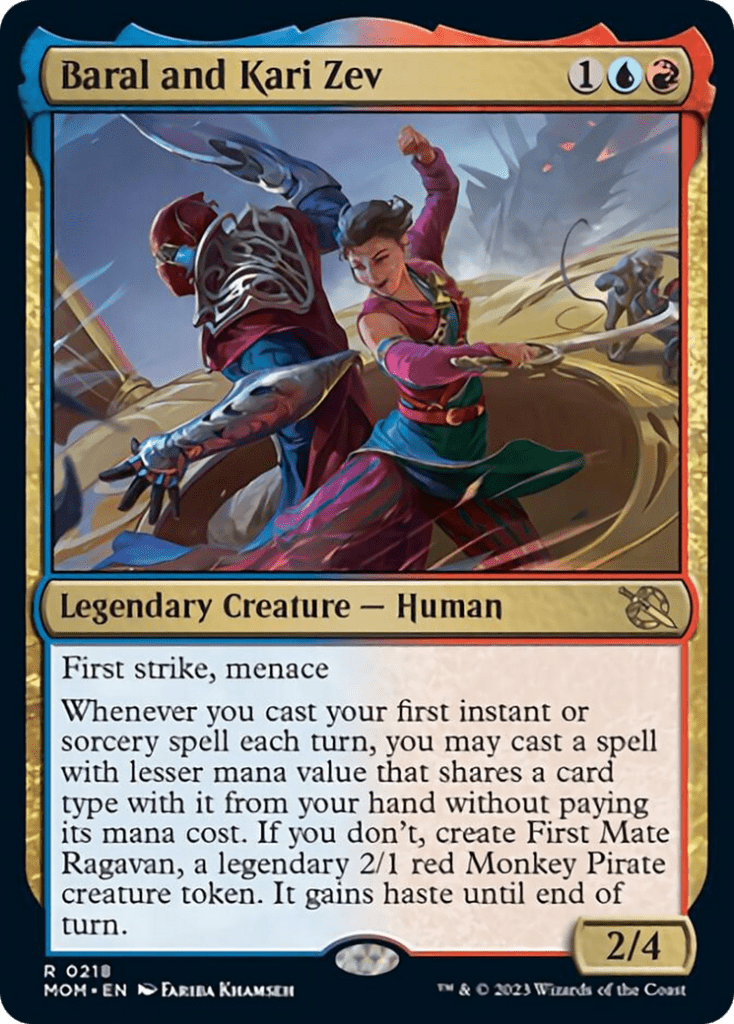
The legendary team up cards have been the best part of this experience. As absurd (and delightful) as it might be to see Borborygmos and Fblthp fighting together, it’s awesome to see characters like Zimone and Dina standing shoulder to shoulder. Time will tell which of the cards has real staying power, mechanically, but each new partnership gives at LEAST the fan fiction community enough fuel for 50 years of storytelling. At the most, these could create the foundation for a whole new era of Magic canon. I know I’m hoping the Kogla and Yidaro tag-team smackdown never ends.
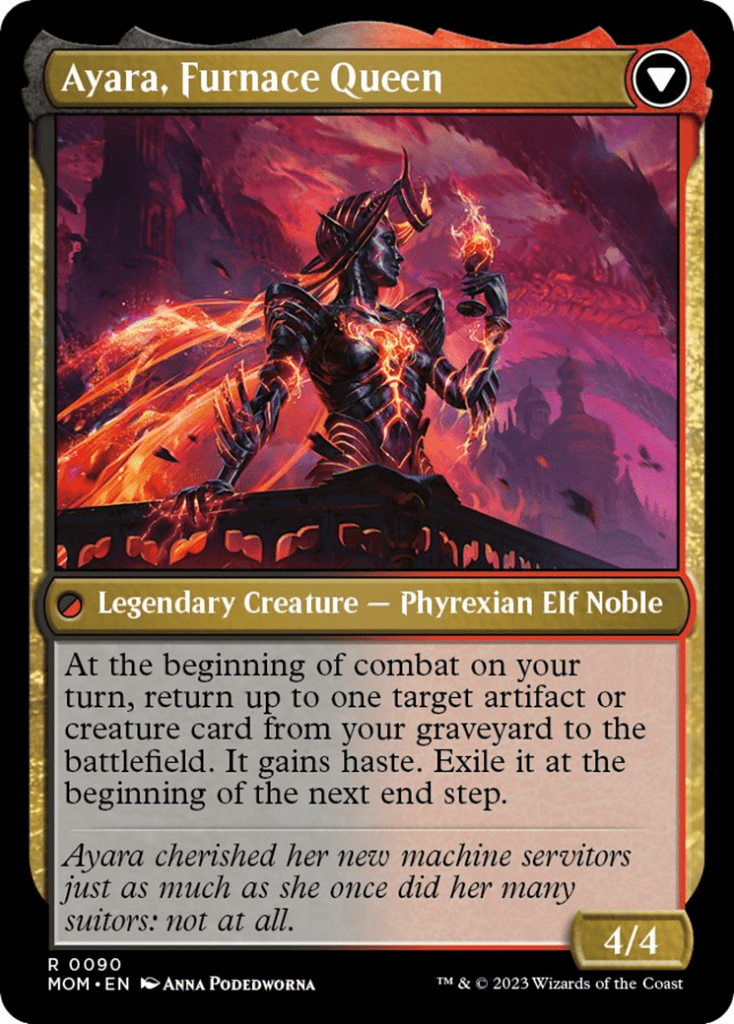
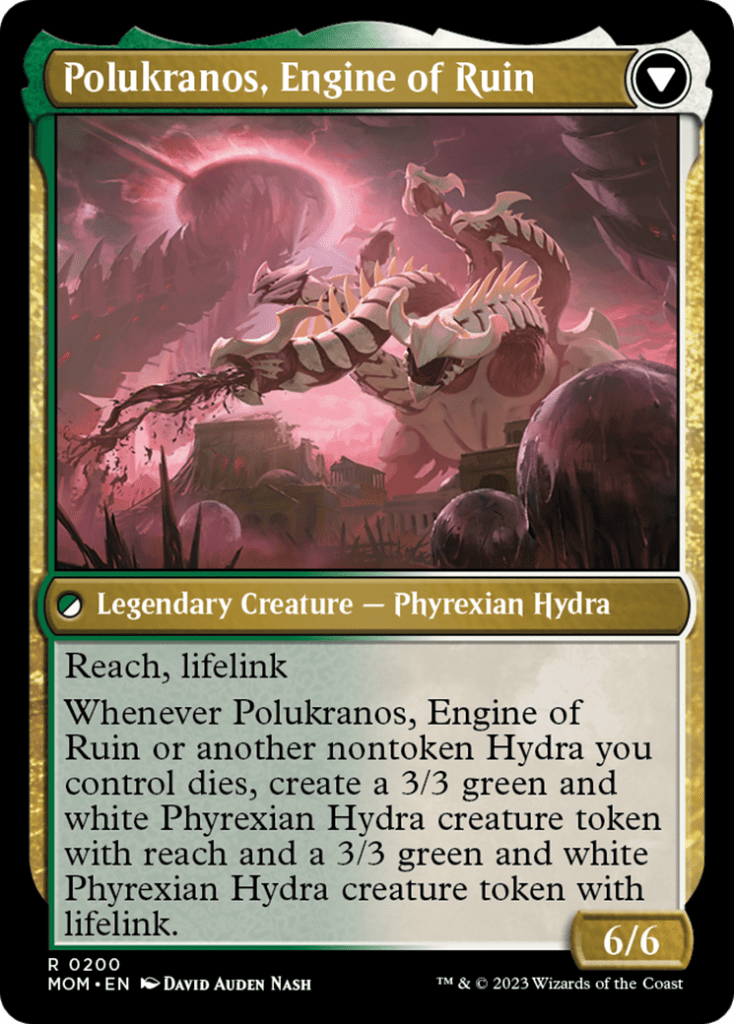
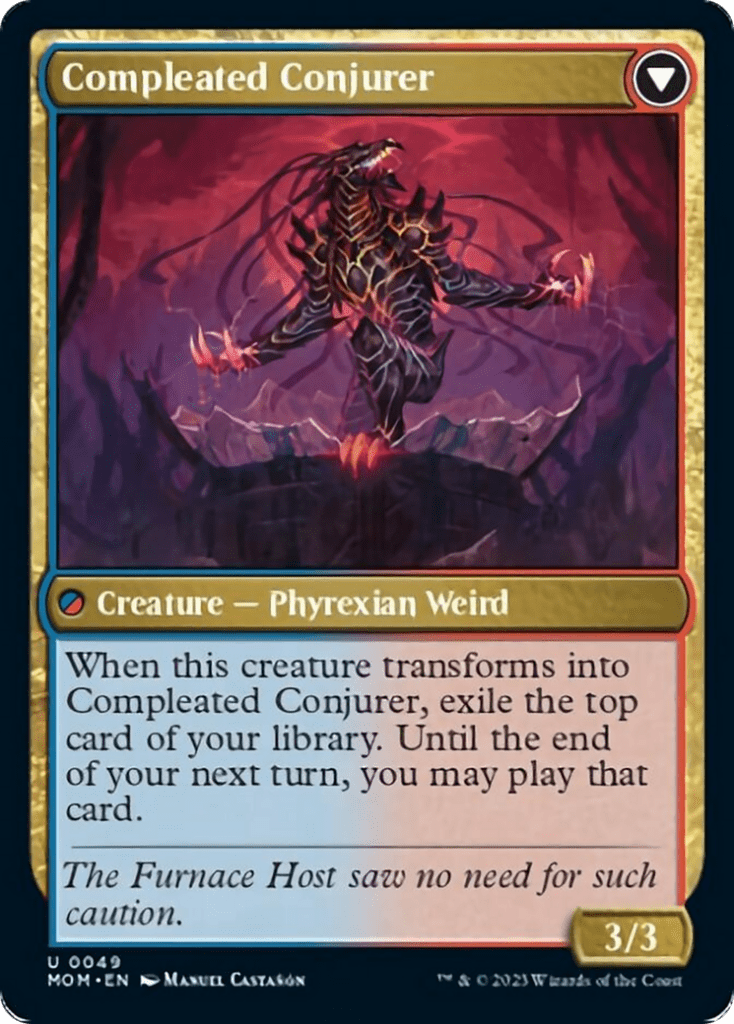
On the other end of the spectrum, seeing compleated characters like Ayara or Polukranos (and our first Weird in years) is the perfect counterbalance to the sweetness of team ups. It is bitter in many ways to know we may never see these creatures again, but at least they enjoyed a splashy send off! Plus not everyone can have a happy ending in a set of this magnitude.
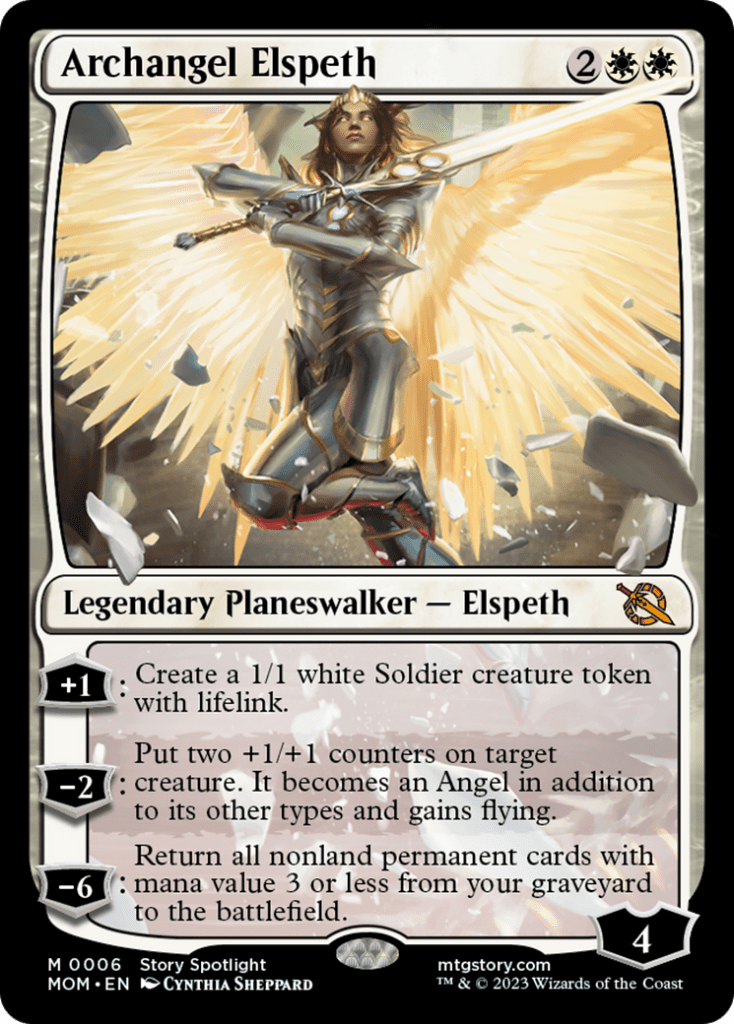
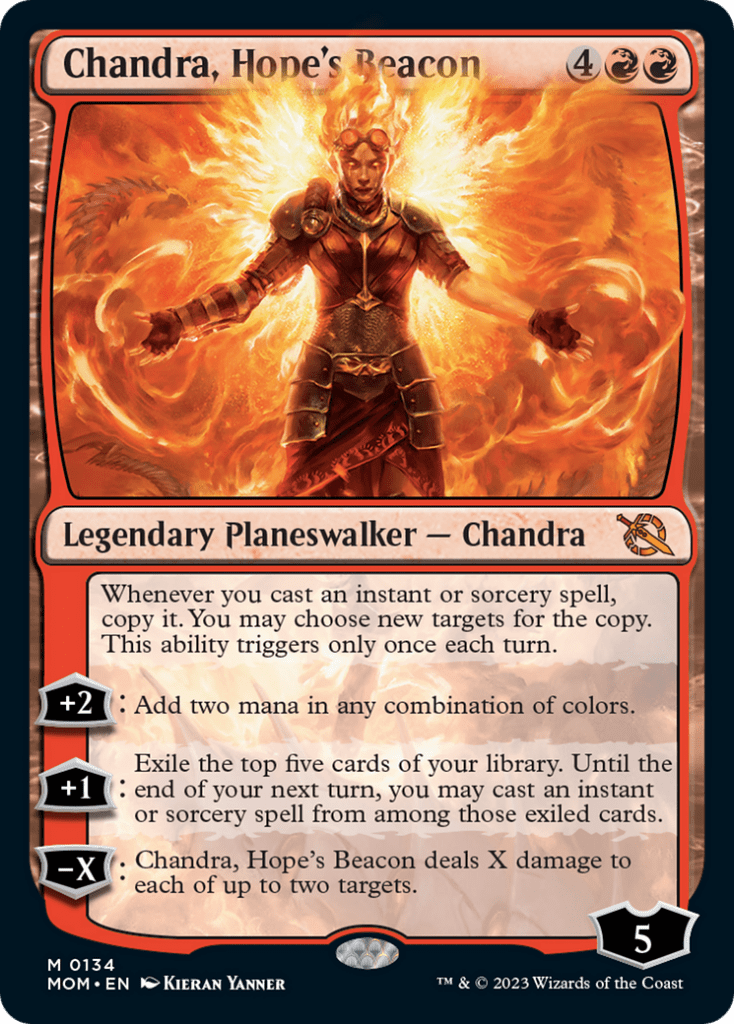

That being said, I am pretty pleased each of our Planeswalkers from this set gets at least some form of happy ending. Elspeth finally ascends, Chandra doesn’t lose her love and Wrenn looks like she’ll get a second chance after being instrumental in saving reality. There’s maybe room to nitpick on some of the story details, but from a set-standpoint, it’s all delicious.
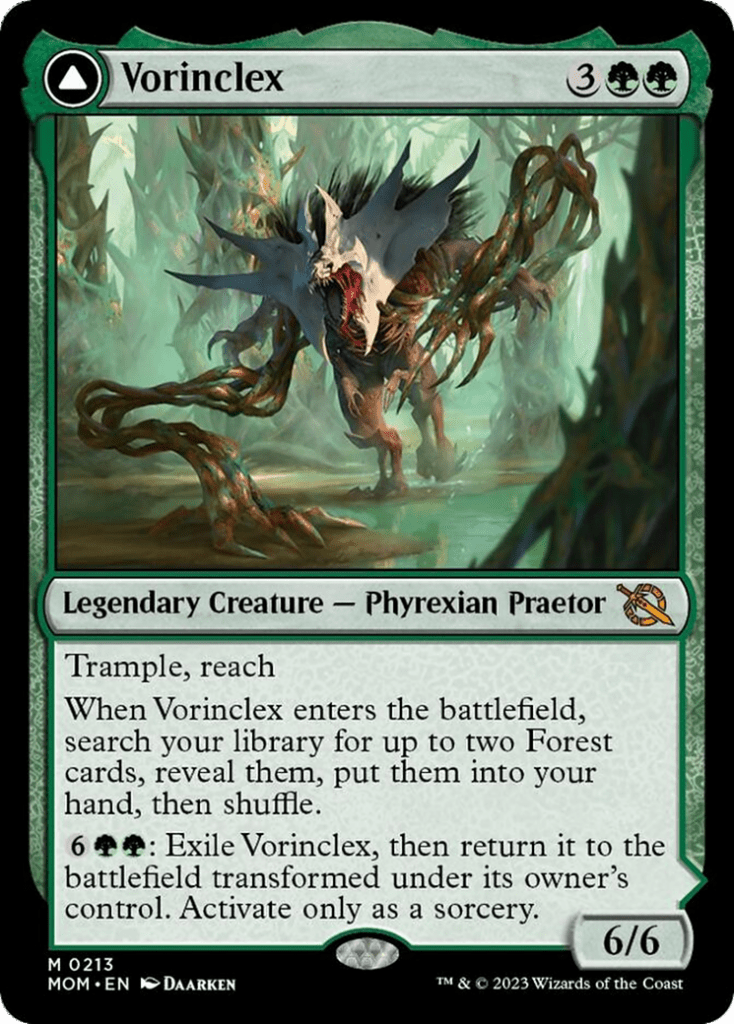
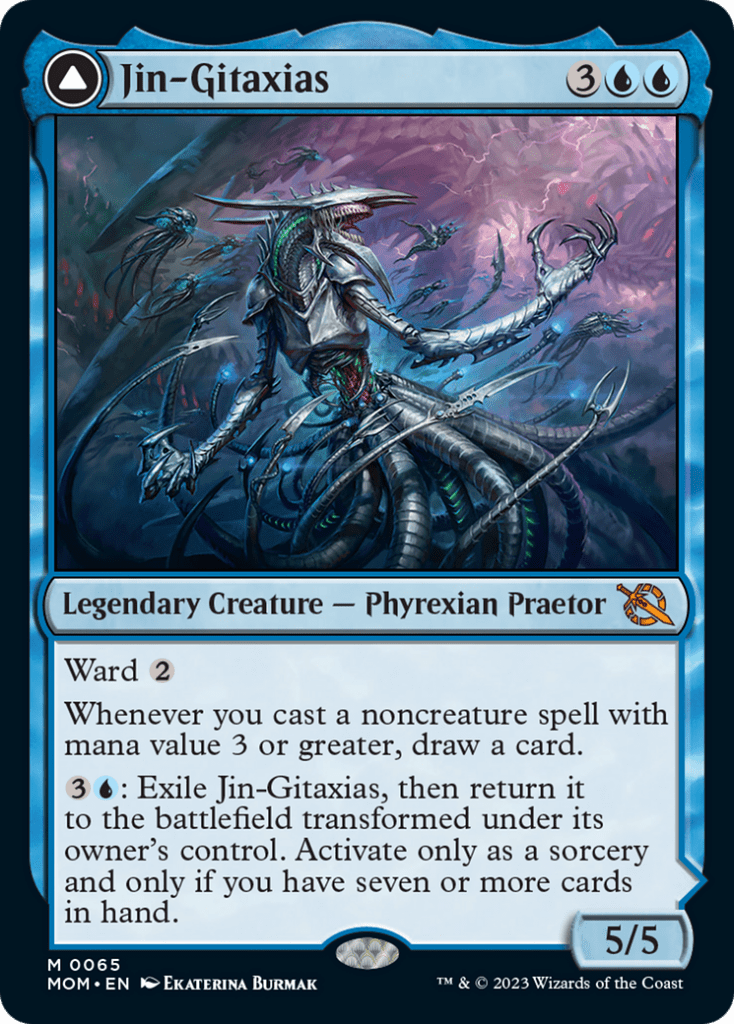

And finally, while I don’t want to spend too long on them, this (presumably) final take on our beloved Praetors is the perfect kicker to everyone else. The front sides of these cards project a kind of tameness foreign to previous iterations, but the back sides featuring their philosophies go absolutely buck wild.
So where does that leave this section in terms of quality? It’s an easy five cameos out of five.
The Food
There are a lot of different options represented in March of the Machine, including the familiar faces like Convoke and a plethora of transforming, double-faced cards. As a result, this will probably be one of the most dense sets to date from a raw reading standpoint, and heavy eats can tire you out. However, we have to start with the inclusion of something so rare, it’s like Wizards of the Coast invented a new kind of cuisine.
Battles are the first new card type since Planeswalkers in 2007, and these cards are a wild ride with so many possibilities. It’s far too early to determine how they’ll impact gameplay, but they’re a home run from a flavor standpoint!
Not only is this the primary mechanism for letting us reexperience so many different planes, but it’s the perfect way to go about it. Magic has always been a battle of one kind or another, but now that struggle will be even more explicit.
It’s also worth noting that we’re only seeing the surface of this card type, too, during its first outing. Just think of how far Planeswalkers have come in the last decade and a half. I, for one, can’t wait to see what else Battles bring once we move beyond mere Sieges.
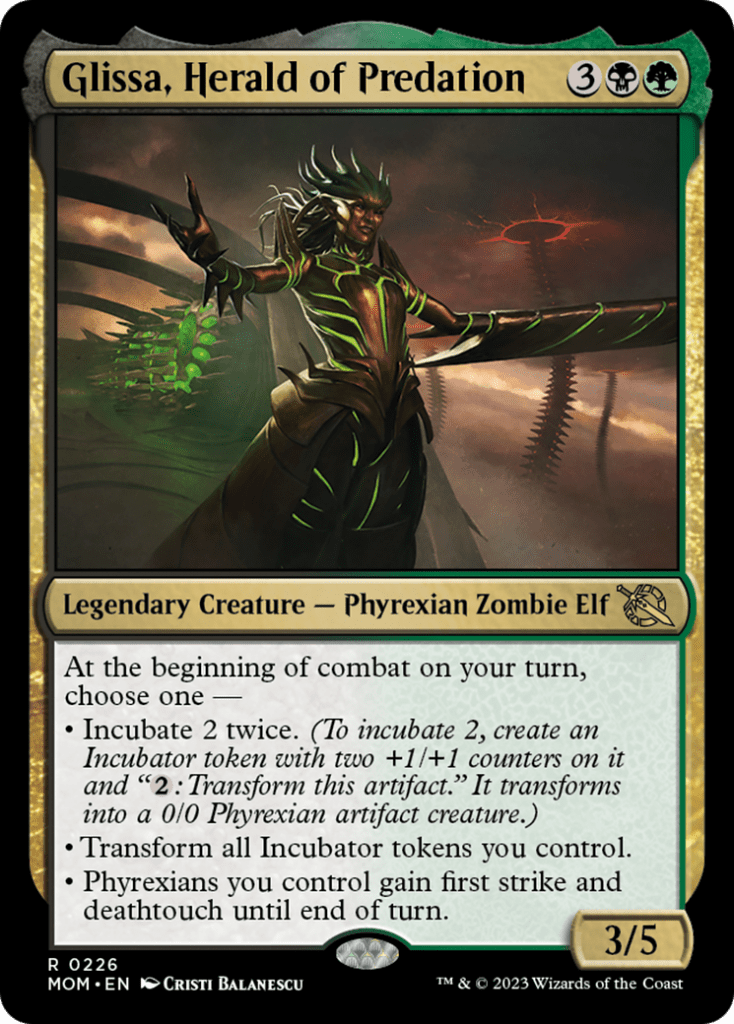

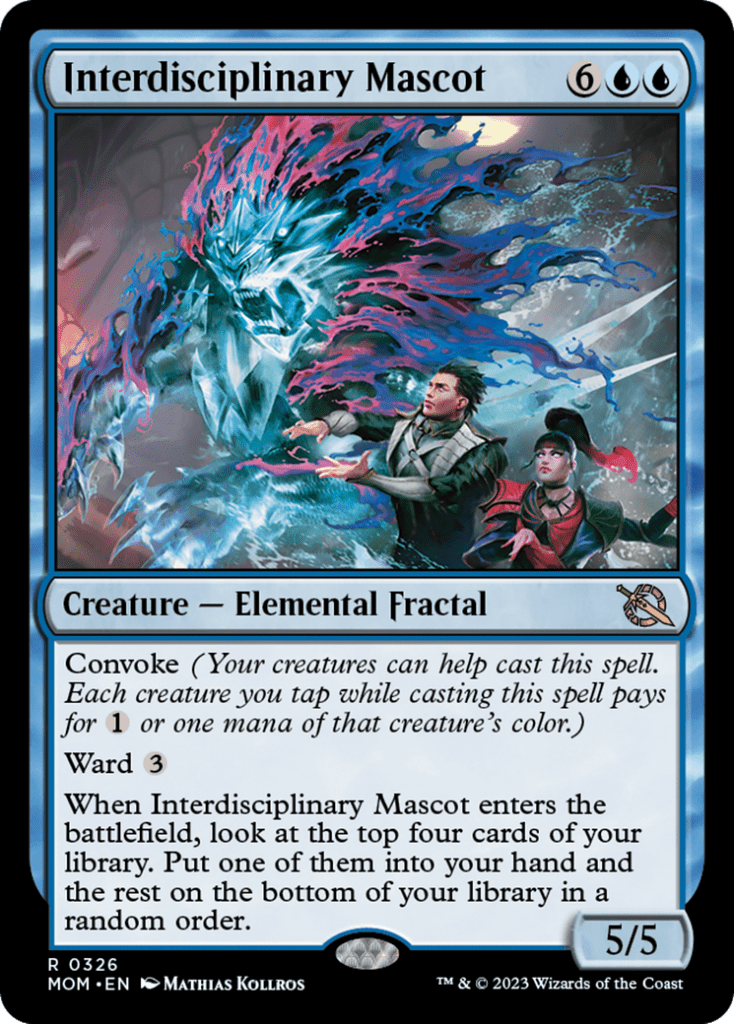
Since Battle will take up so much bandwidth for players, the rest of the new mechanics are a bit more simple on their face. Incubate gives us another new kind of artifact token resource, finally crossing into the realm of creatures.
Meanwhile, Backup is both on theme and deceptively creative, doubling up card effects in novel ways. In some ways, it feels like Mutate in reverse — spreading effects across multiple creatures instead of stacking them, even if only temporarily.
Either way, these are certainly palatable complements to Battles and they help lend a side to the main dish. Finally, it’s worth noting that Convoke returns widely across the set like a fine seasoning to represent the impact of this invasion’s scale in card-form.
In the end, the novelty of Battles require I give this section five double-faced cards out of five.
End step
Honestly, even attempting to wrangle every detail from this set feels like a huge undertaking itself — so I can only imagine what making March of the Machine was like! However, given the way Wizards melded such massive scope with so many little details, I can’t give it any less than a 14.5/15.
That’s about as close to perfect as perfect as I’m willing to give any set from a flavor standpoint — and yes, I am a little concerned where this article series goes after clearing such a high bar, thank you very much. But it would be wrong to shortchange what can only be described as the incredible effort poured into every facet of this set.

Jason Krell is the content manager at Card Kingdom, meaning he helps make all of this possible. He is also an unabashed Esper control player, and he hopes the two things at least cancel each other out. He loves when everyone gets to do their thing in a game of Commander and spends way too much thinking about game design. Jason also comes from an esports journalism background, which probably explains a lot about his work.

